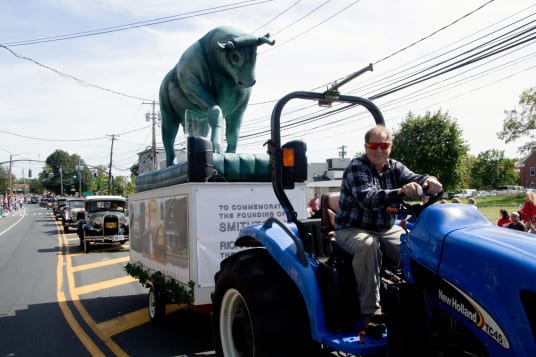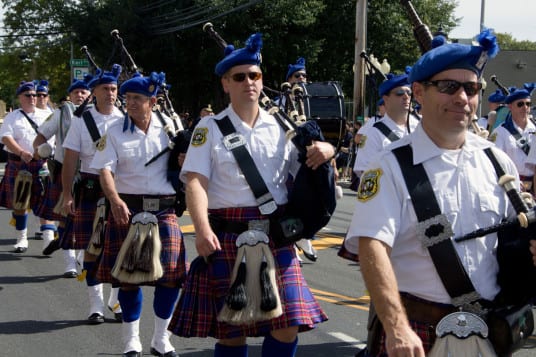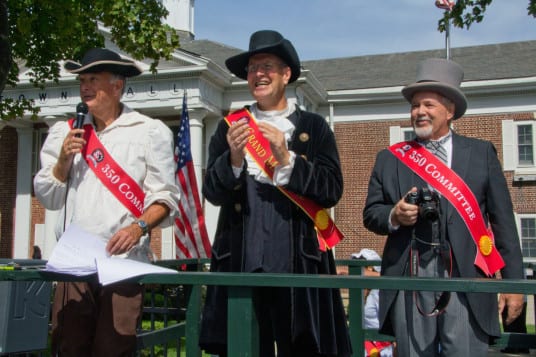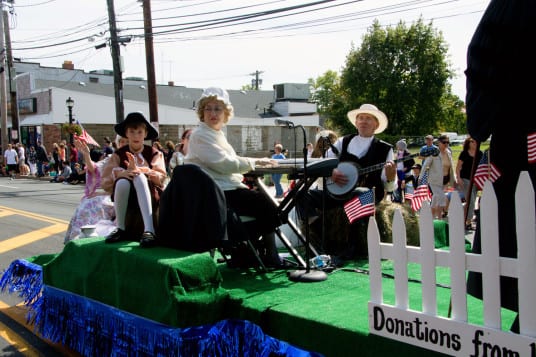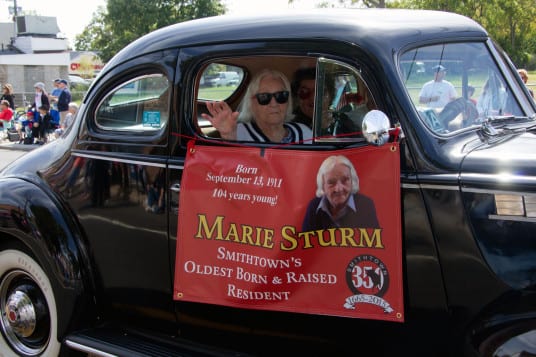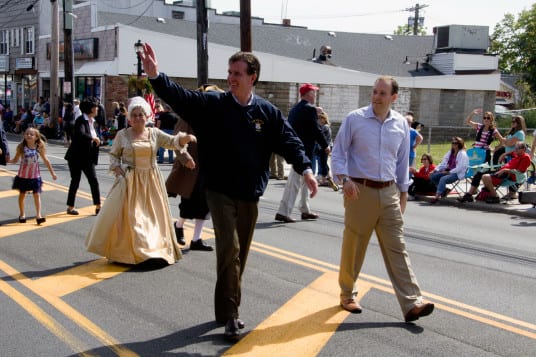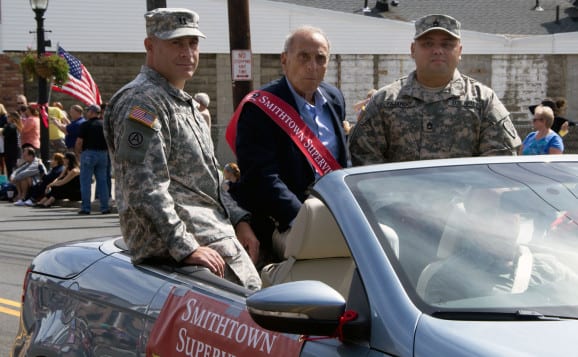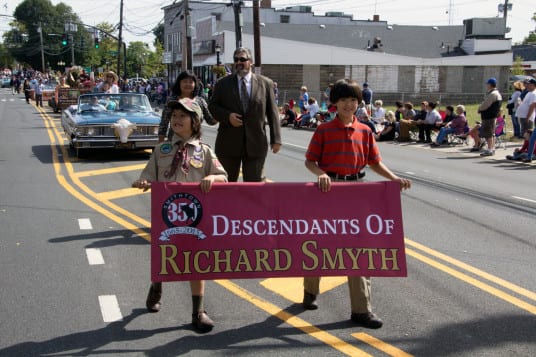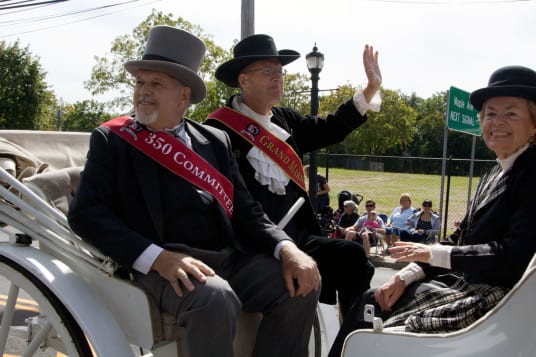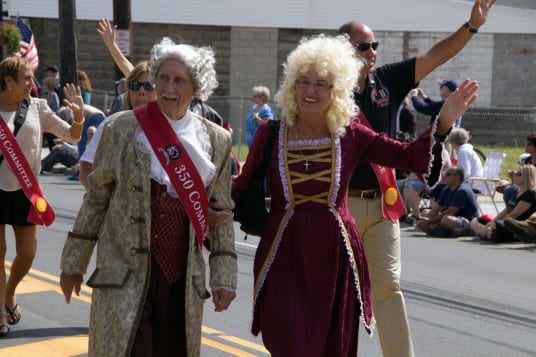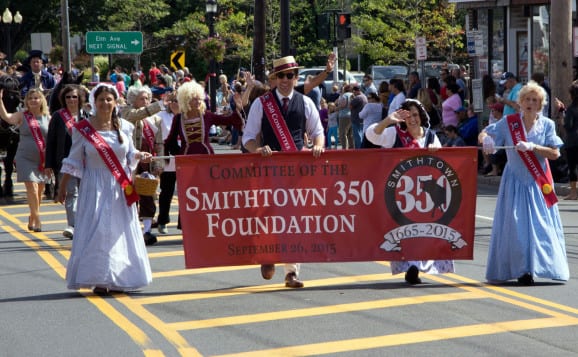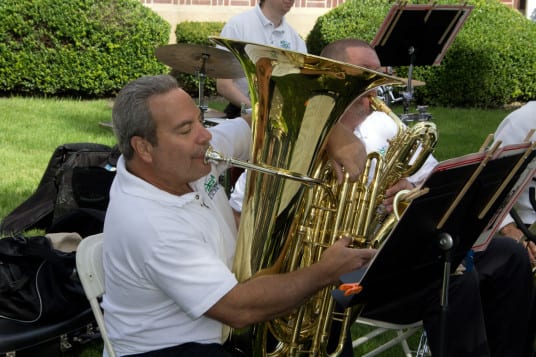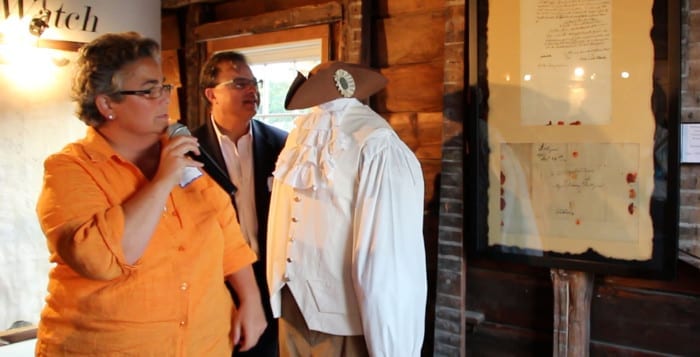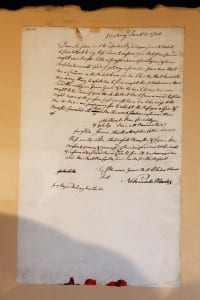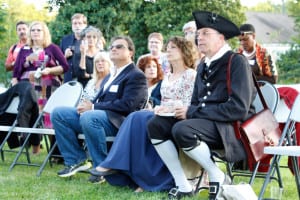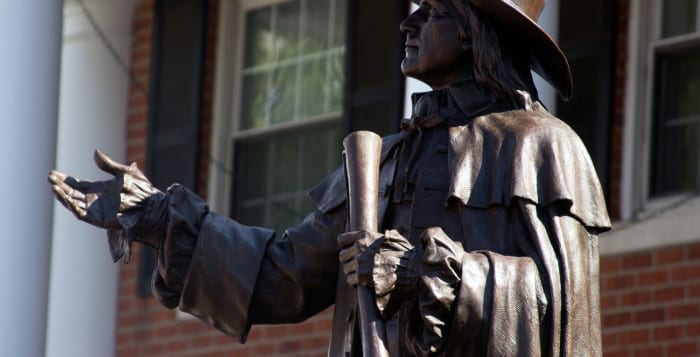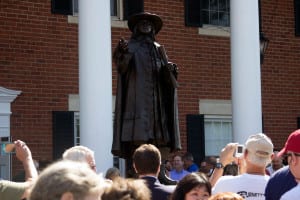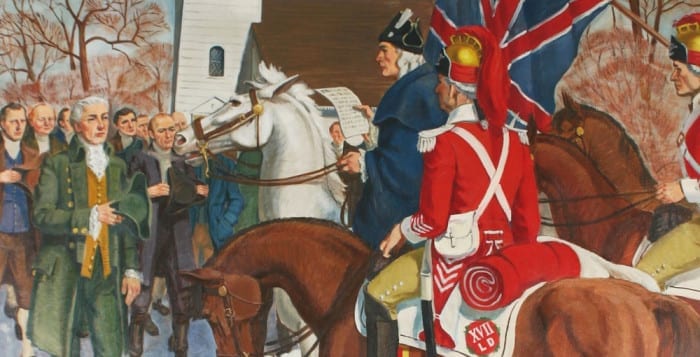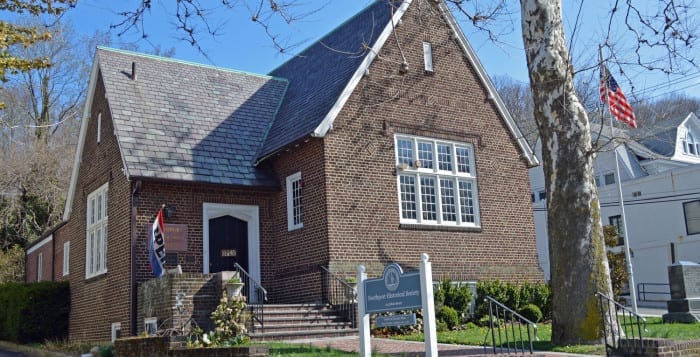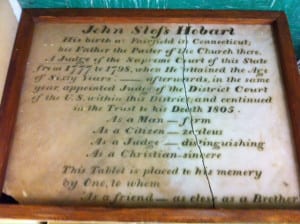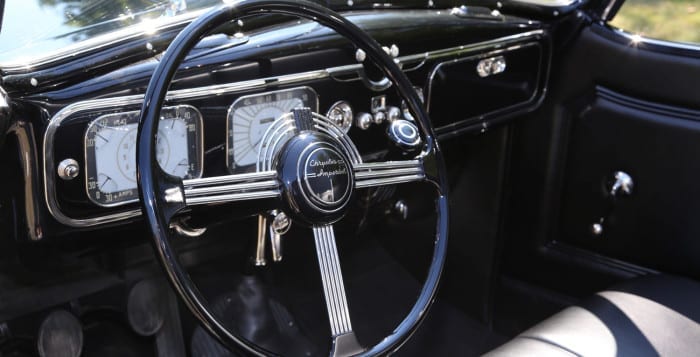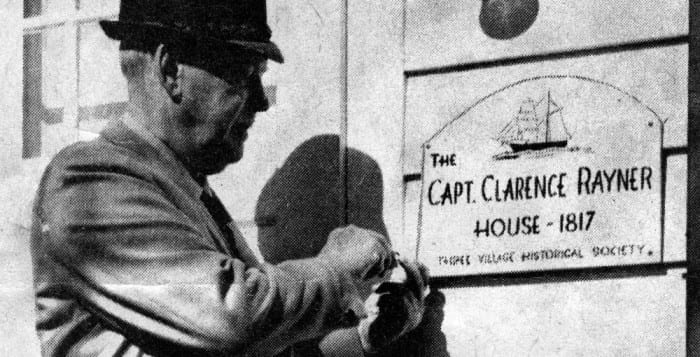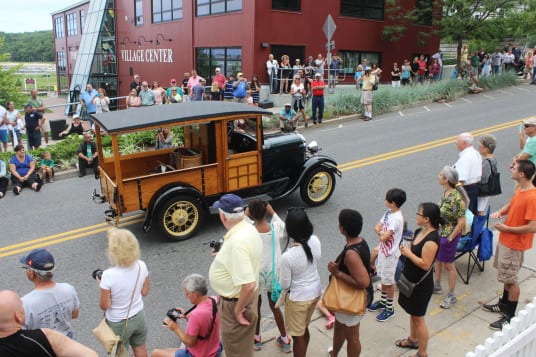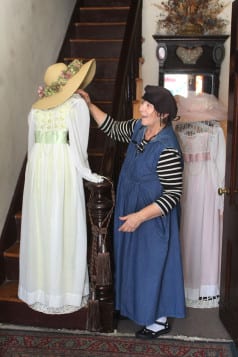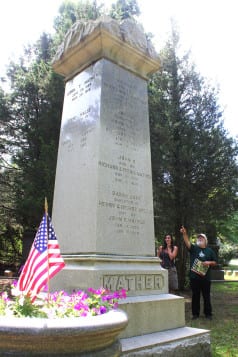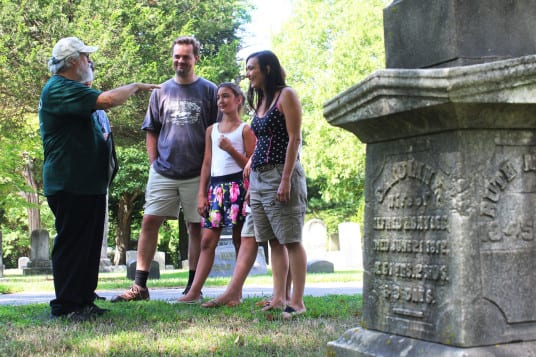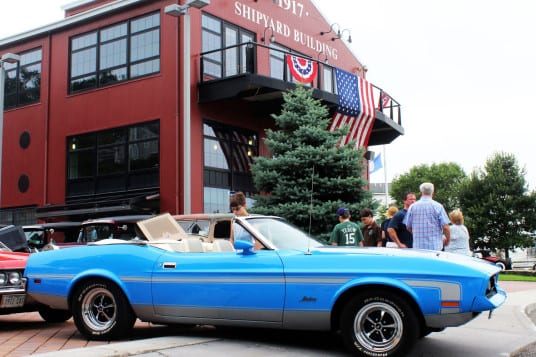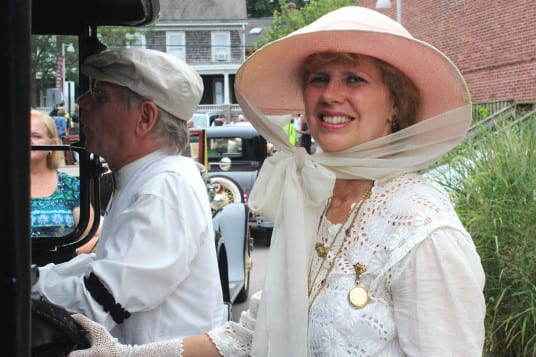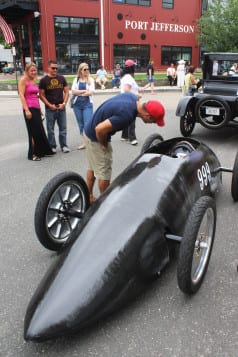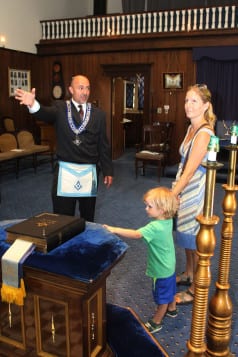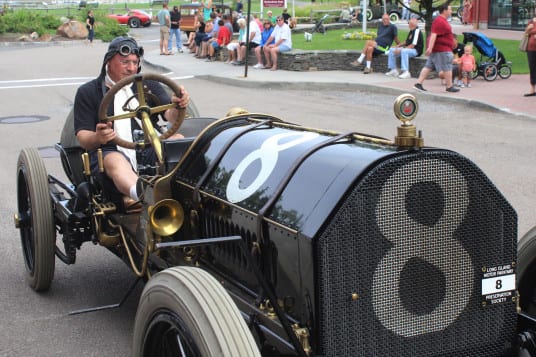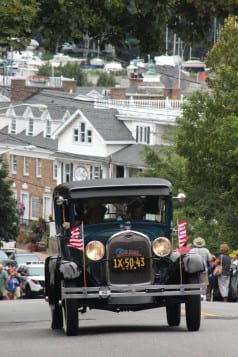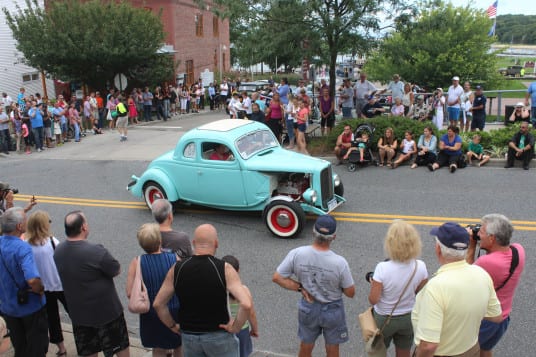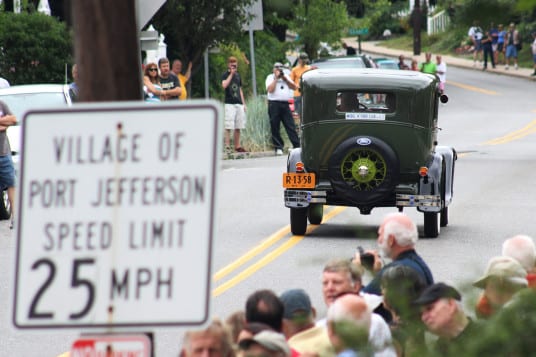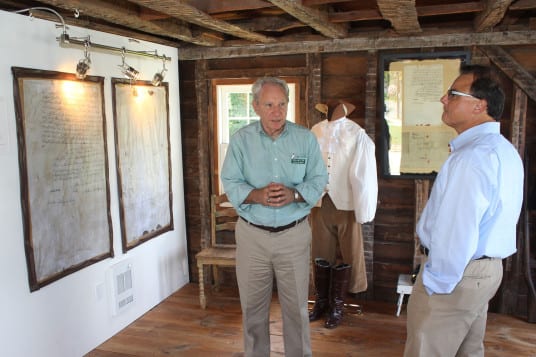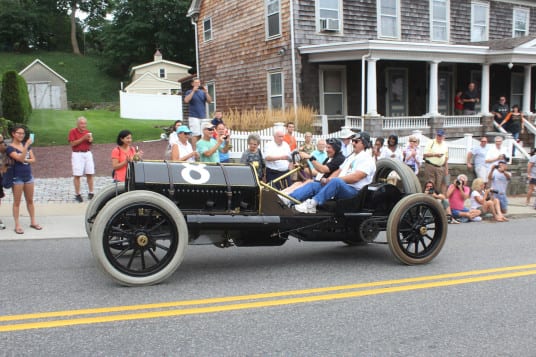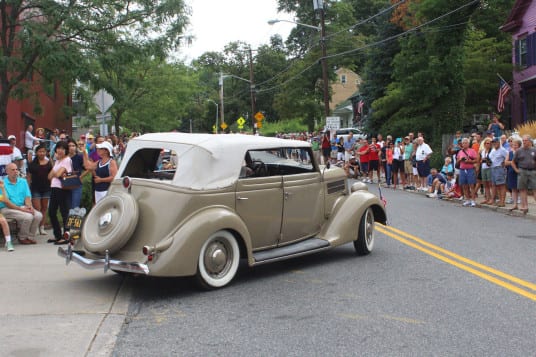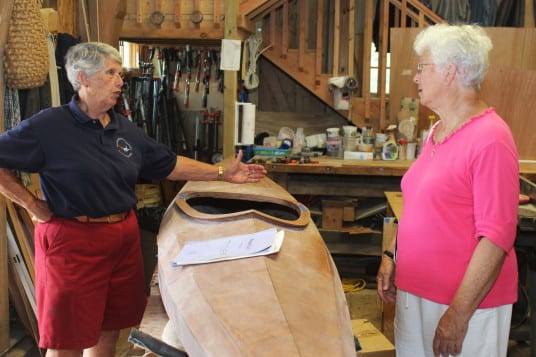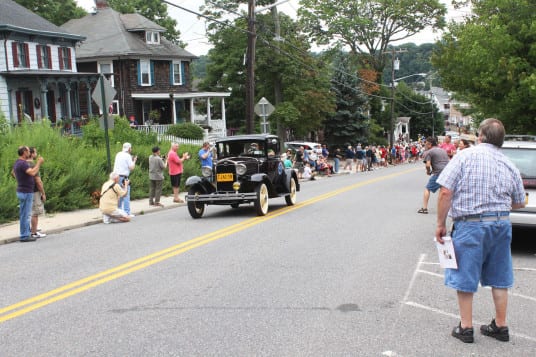Walter P. Chrysler’s, custom-built, one-of-a-kind, 1937 Chrysler Imperial C-15 LeBaron Town Car – after an exquisite restoration that led to a major international award – will return to the Suffolk County Vanderbilt Museum, 180 Little Neck Road, Centerport where it will be exhibited at a classic car show.
The Chrysler was a 1959 gift to the museum from collector Harry Gilbert of Huntington, New York. The car, since it was not part of the Vanderbilt family’s original collections and holdings, was de-accessioned from the museum collection decades ago.
The museum held an auction in January 2012 and the car was purchased by Howard Kroplick of East Hills, an author, historian and collector of vintage cars. With the proceeds, the museum established an endowment for the care and maintenance of the Vanderbilt archives, collections and exhibitions.
Kroplick first showed the unrestored Chrysler in June 2012, at the Greenwich Concours d’Elegance in Connecticut, where it won the People’s Choice award for the “ultimate barn find.” He began restoring the car in November 2013. Most of the work was performed by Steve Babinsky, who runs Automotive Restorations in Lebanon, New Jersey.
After a comprehensive, 17-month restoration, Kroplick entered the Chrysler in the world’s pre-eminent classic car show, the 2014 Pebble Beach Concours d’Elegance held in Monterey, California. “Only 281 of the 750 cars that applied were accepted,” he said. The Chrysler won the First in Class award in the American Classic Closed category. One month later, Gwynne McDevitt, granddaughter of Walter P. Chrysler, and her son, Frank Rhodes Jr., sat in the car at the Radnor Hunt Concours d’Elegance in Malvern, Pennsylvania.
The masterpiece of Art Deco automotive design with coachwork by LeBaron is made of hand-worked aluminum. No factory-produced body panels were used. Details includes leather interior, upholstered seats, and custom console cabinetry. The 6,300-pound, seven-passenger limousine is 19 feet long and has a 130-horsepower, eight-cylinder in-line engine, and a three-speed manual transmission. When Kroplick bought the car, the odometer read 25,501 miles.
Originally, Kroplick said, he hoped to preserve the car as is. “After I bought the Chrysler, it started right away,” he said. “But when we opened it up, we found that the wooden frame, made of ash, was in bad condition. That’s when I decided to do a complete restoration. That ash frame was one of the project’s biggest challenges.”
The dashboard gauge faces were in good condition and required no work, he said. The snap-on black-canvas cover for the chauffeur’s compartment was replaced. The light-gray, camel-hair wool upholstery also was replaced in the chauffeur’s and passenger compartments.
The passenger-area console cabinetry, made of solid tiger maple, also needed restoration. The console includes a storage space and two glass-fronted cosmetic compartments. Below the console are two pull-down jump seats, and the passenger seats have upholstered foot rests. Kroplick said the clock, mounted in the center of the console, worked from the day he bought the car.
Kroplick said the car is believed to be the first to be equipped with spring-loaded, power-assisted rear windows and door locks, which are operated with cables. “The cables needed reworking so both windows and locks would work with a flip of the front passenger door handle,” he said.
The bumpers, door handles, dashboard knobs, horn ring and hood ornament were re-chromed in Ohio. The finishing touch was five coats of gleaming, hand-rubbed black lacquer. “The experts won’t share trade secrets on how they achieve that stunning mirror finish,” Kroplick said.
The Pebble Beach Concours is more than just an exhibition of classic cars. “One of part of the judging is that the cars should be roadworthy,” Kroplick said. “As part of the Tour d’Elegance, many of the entrants were driven 85 miles, along the famous 17-mile drive and on the Pacific Coast Highway.” Although the restoration had been completed just days before the event, he said the Chrysler finished the tour without a problem.
The rare automobile – built for Chrysler’s wife Della – will be the centerpiece of the annual Jaguar Concours d’Elegance and All Marque Concours Sanitaire, a show of classic automobiles presented at the Vanderbilt by the Jaguar Drivers Club of Long Island and the MG Car Club-Long Island Centre on Sept. 13 from 11 a.m. to 4 p.m. Rain date will be Sept. 20.
In the Concours portion, Jaguars in the Championship, Driven and Special Division classes are be judged under Jaguar Club of North America Concours rules, which emphasize excellence of appearance. The Concours Sanitaire portion is open to vehicles of all years, makes, models and countries of origin. Cars are judged solely on appearance, cleanliness and general condition, not originality.
More than 100 cars will be on display on the Vanderbilt Estate grounds overlooking scenic Northport Bay. Included will be vintage and new Jaguar and MG models and a wide range of international and domestic spots cars and sedans.
Proceeds from a raffle will benefit the CAPS (Child Abuse Prevention Services), one of Long Island’s leading organizations dedicated to preventing bullying and child abuse.
Visitors pay only the museum’s general admission fee (adults $7, students with ID and seniors 62 and older $6, children 12 and under $3) – there is no additional charge for car show. Museum members enter the show free. For more information, call 631-854-5579 or visit www.vanderbiltmuseum.org.
